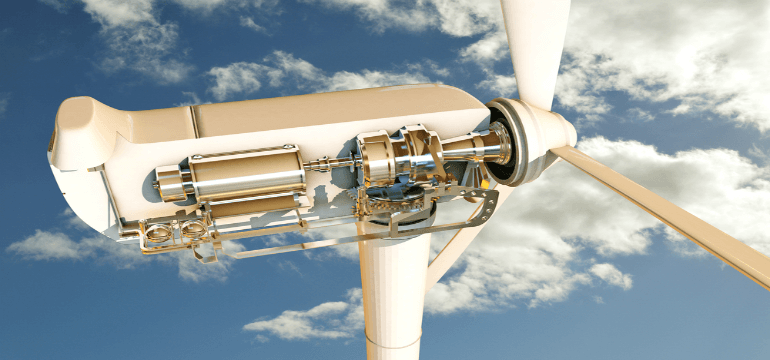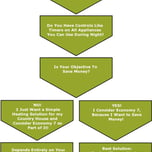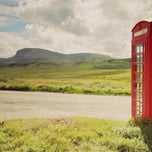Answer these simple questions and we will find you the BEST prices
Which type of solar quotes do you need?
It only takes 30 seconds
100% free with no obligation

Get up to 4 quotes from our selected suppliers by filling in only 1 form

Save money by comparing quotes and choosing the most competitive offer

Our service is 100% free and with no obligation
- GreenMatch
- Blog
- Wind Energy
The Rise of Wind Energy
What is Wind Energy?
Wind energy is the energy resulting from wind force that is found on the Earth's surface. Exploited, it can be transformed into mechanical energy for pumping water, for example, or milling wheat using running wind mills. By connecting a rotor to an electric generator, modern wind turbines convert wind energy that spins the rotor into electricity.
Early Uses of Wind Energy
Wind energy can be dated back to early civilizations, such as the Egyptians who used the energy generated by wind when they sailed the Nile upstream. Since then, wind energy has been used on more advanced sailing vessels, serving mainly commercial transportation, military and scientific purposes.
Wind energy has been exploited overland when the first windmill was built in ancient Persia in the seventh century. Since then windmills are used for grinding wheat, pumping water, sawing wood or for providing other forms of mechanical energy. But large-scale exploitation barely appeared in the twentieth century, with the advent of modern "windmills" - wind turbines, which can generate a power between 250 kW and 300 kW.
Wind Turbines
Due to the fact that wind is a clean and an endless source of energy, wind turbines are installed in developed countries where wind intensity allows for this. Wind power can be exploited to supplement traditional sources of electricity, such as heat generated by burning coal.
Improvements to the rotors and propellers, combined with an increase in the number of turbines installed, resulted in an increase in wind power by about 150% since 1990.
Modern Uses of Wind Energy
To find a power source to charge your cell phone can be a problem when you are on a trip to the mountains or simply forgot to take your charger with you. But the solution to this problem may be simpler than previously thought. Students from the Indian Institute of Technology have come up with a great idea to this problem by creating portable turbines, which are fueled by the wind, and can be attached to a mobile phone charging.
Although the technology is not yet on the market, it paves the way for the future of wind energy and its many uses in everyday life. The device is meant for those who are in coastal areas where wind is always present. But it can be used everywhere, even during a trip, as long as there are air currents. This might be an ideal solution for those who do not have at hand a source of electricity, as it is the case in third world countries.
Wind energy is a promising source of electric power in the future due to its clean energy and endless availability. However, because wind speeds vary throughout the day, season or years the wind generated power becomes an intermittent resource. In areas of the world with wind turbines, these produce energy at levels of around 60% during the year. Even so it may be insufficient even if wind turbines are operating at full capacity.
Parts of a Wind Turbine
A wind turbine consists of several elements which work together to make it functional. Although it might look like a turbine contains many components, you would be surprised to find out that it is only composed of a few.

How Does a Wind Turbine Function?
The system is based on a simple principle. The wind moves the blades which in turn acts the generator. The mechanical system is comprised of a speed multiplier which directly acts the central axis of the electric generator. The electric current obtained is either submitted for storage in the batteries and then used with the aid of a DC-AC inverter in small capacity turbines, or shipped directly to the alternating current (AC) network and to distributors.
Advantages and Disadvantages of Wind Turbines
Depending on the type of wind turbine we have a number of advantages and disadvantages.
Horizontal axis turbines (HAWT) - In which the propeller blades of turbines, generator and electric motor shaft are mounted on top.
Advantages
Disadvantages
Vertical axis turbines (VAWT)
Advantages
Disadvantages
We strive to connect our customers with the right product and supplier. Would you like to be part of GreenMatch?




